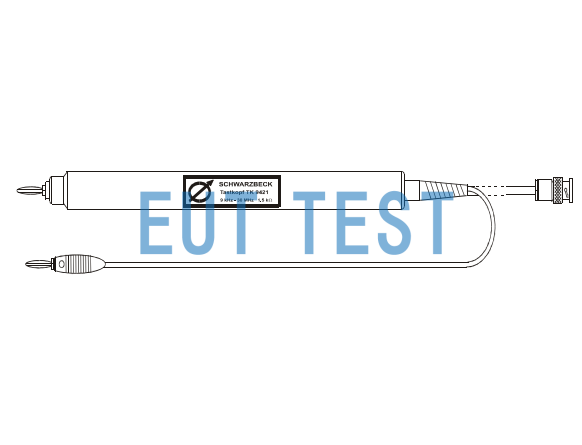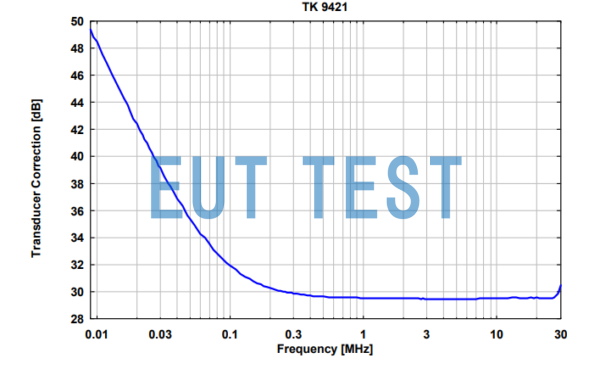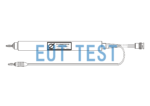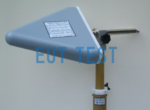Introduction:
TK 9421 and TK9420 The same is the voltage probe produced by Schwarzbeck in Germany, so it is also suitable for testing with voltage probes when the EUT is high in current or LISN cannot be used.
This probe can only be used by qualified personnel. Before applying a high voltage, the voltage probe must be connected to the DUT terminal and kept insulated and fixed. After the power is turned on, do not touch the main body of the probe (although there is an insulating tube). The test receiver is usually grounded through a protective ground conductor, so the ground terminal of the probe is also at ground potential. In R. F. At the place, the ground connection must be short and close to the “hot” terminal. The relevant safety standards for high-pressure work must be considered!
The TK 9421 is capable of measuring higher RF voltages HF <100V (160dBμV) and is specifically designed for measuring power electronics, such as switching power supplies with a strong conducted interference spectrum in the kHz frequency range.
Technical parameters:
| Model number | TK 9421 |
| Product name | Voltage probe or high resistance voltage probe |
| manufacturer | Schwarzbeck Germany |
| agent | Shenzhen EUTTEST |
| Available frequency | (9 kHz) 150 kHz – 30 MHz |
| Input impedance | 1.5 kΩ || 4 pF |
| Voltage range | HF: AC 50 / 60 Hz: DC: |
| Voltage accuracy | 150 kHz-30 MHz, +/- 2 dB |
| Receiver input impedance | 50 Ω, SWR ≤ 1.1 |
| Internal coupling capacitor | 1.25nF |
| connector | 4mm banana head |
| Audio impedance | 1.25 nF + 1.5 kΩ |
| Maximum power | 20W |
| weight | 200g |
| size | 380 mm x 23 mm round |
Graph of related technical parameters:

Test schematic
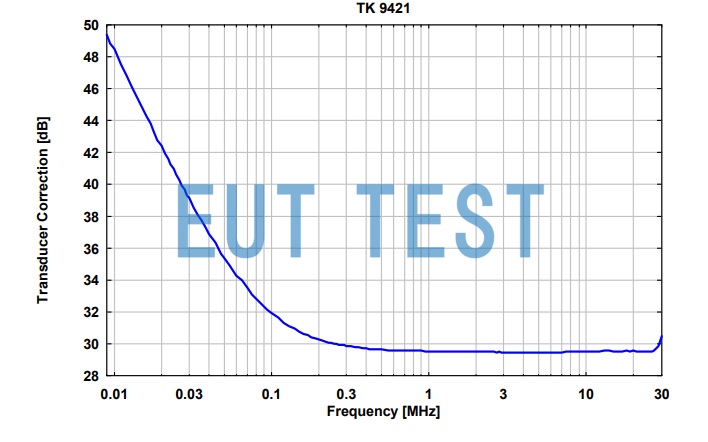
Correction factor
Learn more about the introduction and product recommendations of voltage probes:Principle and selection of voltage probe

